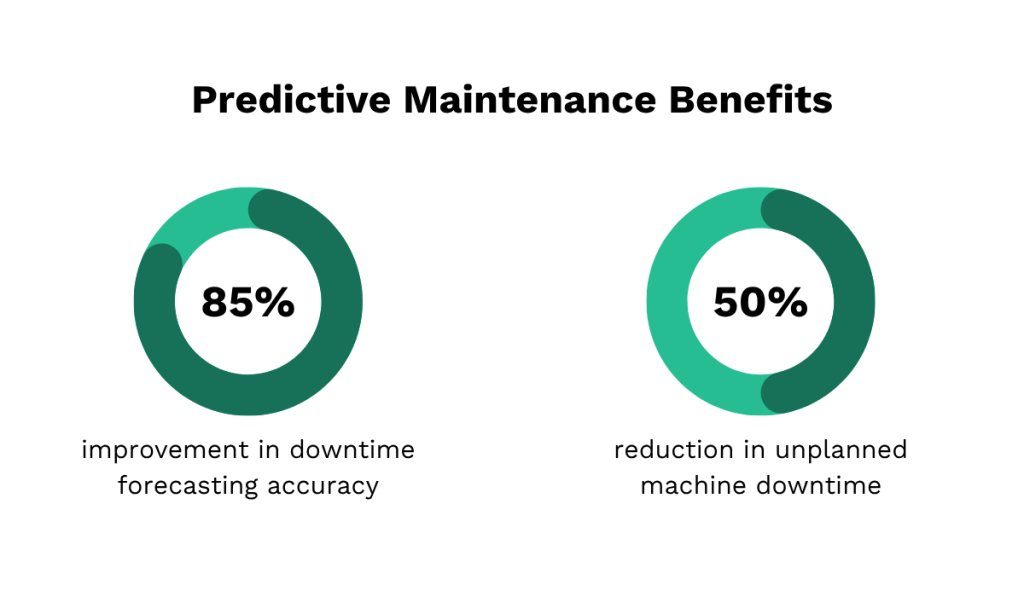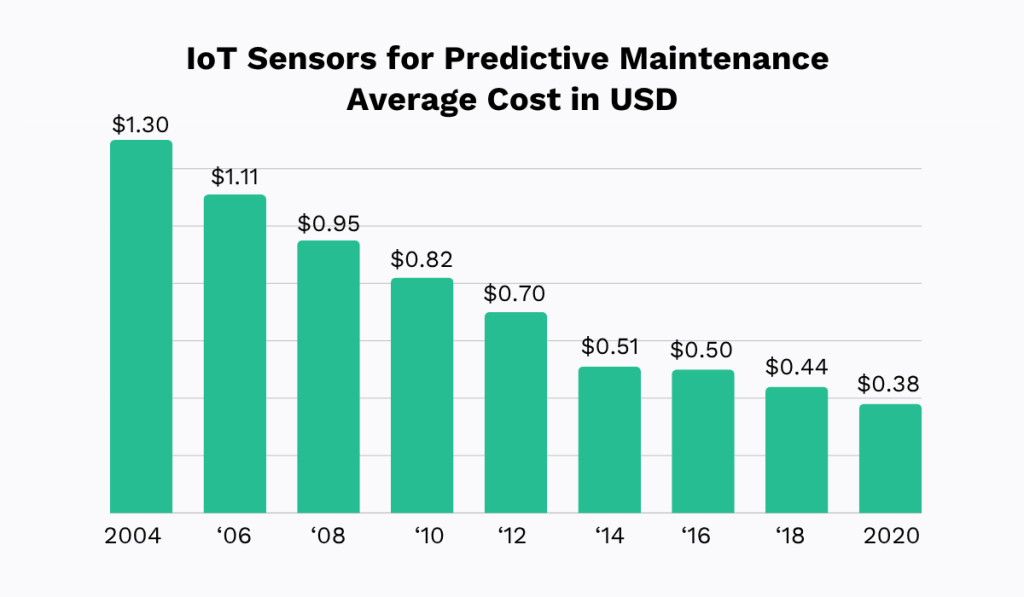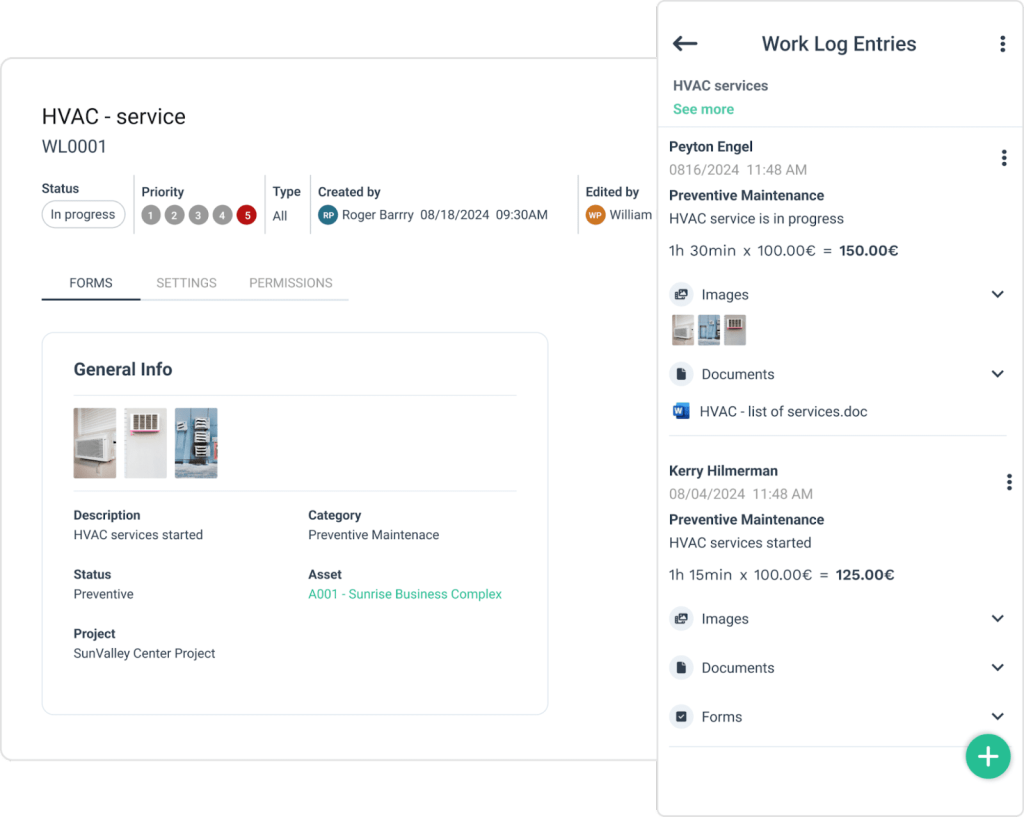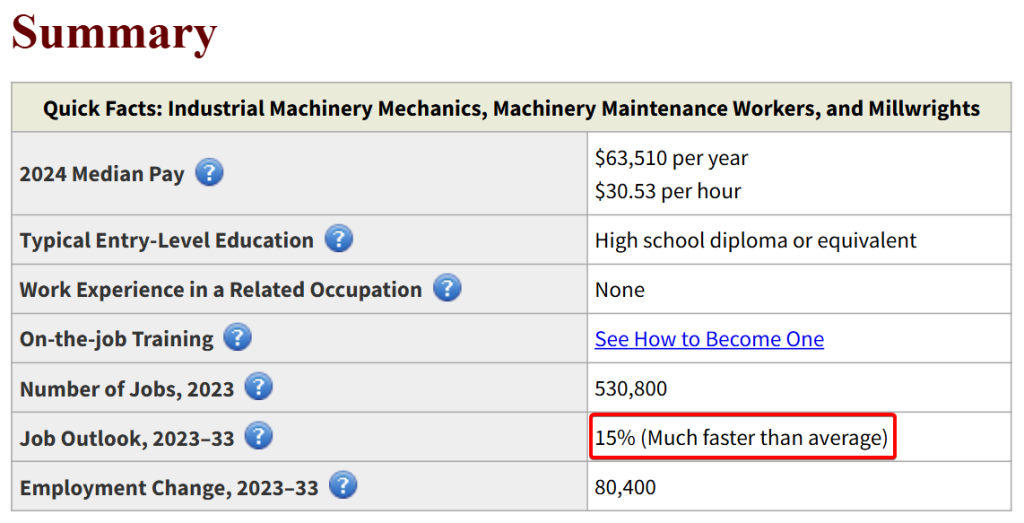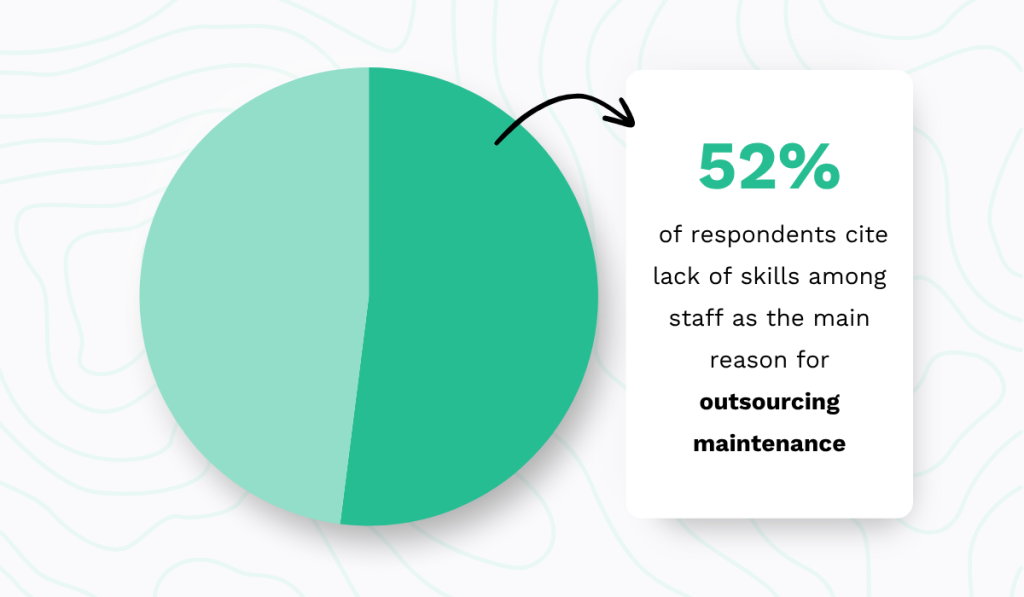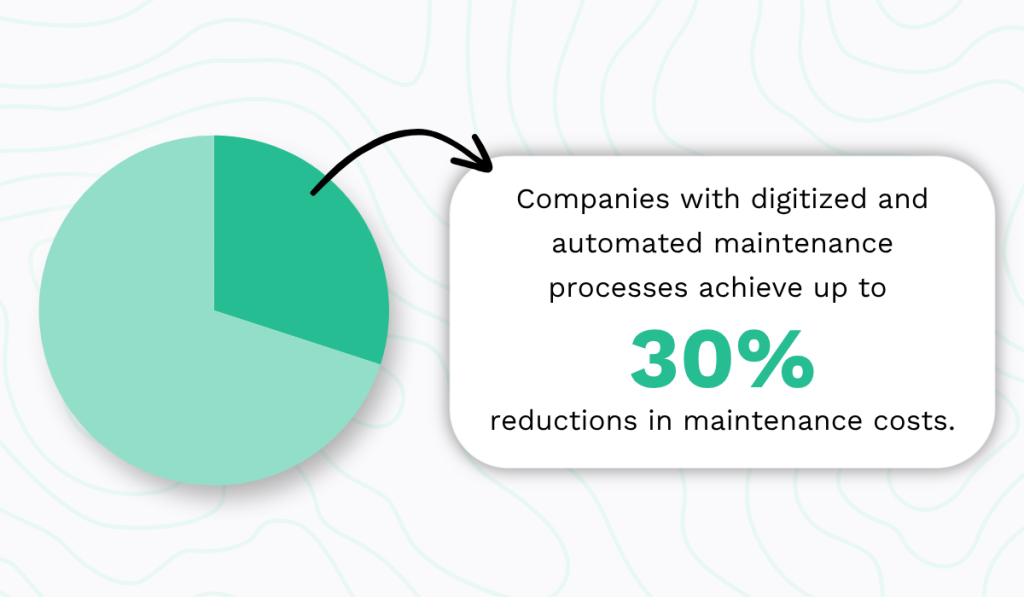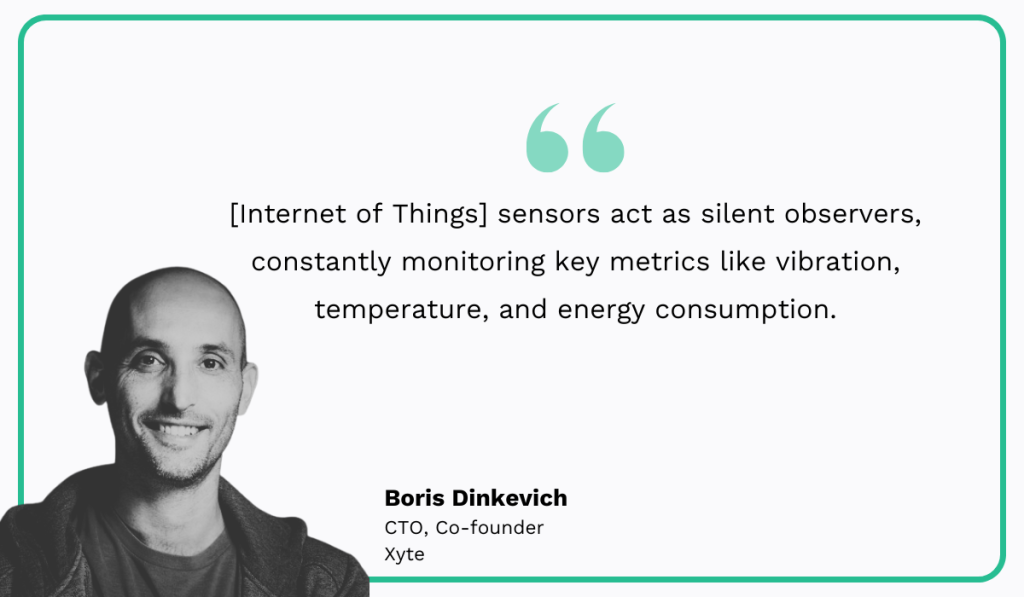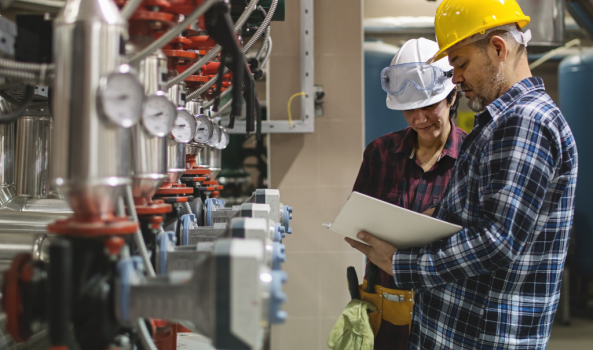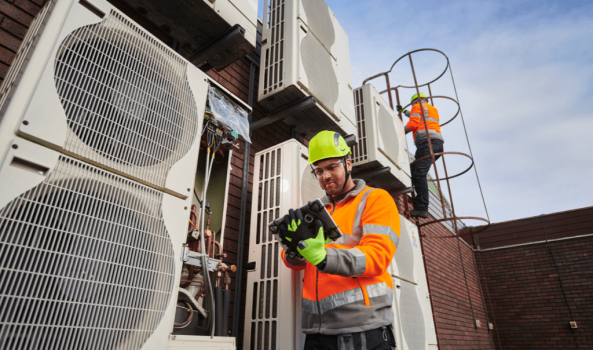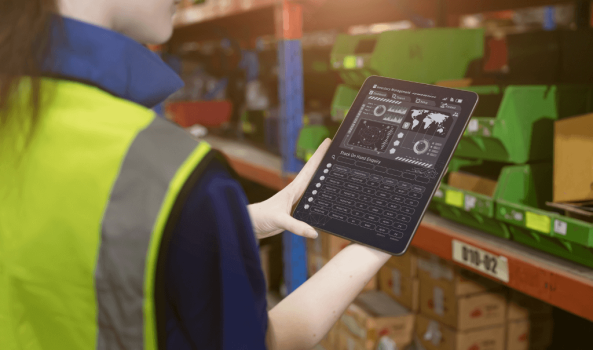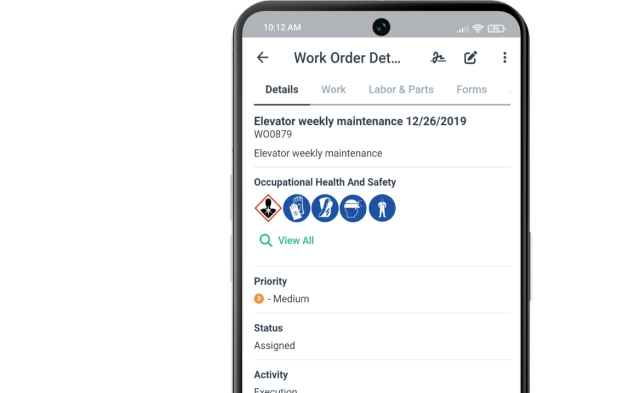Get a Free WorkTrek Demo
Let's show you how WorkTrek can help you optimize your maintenance operation.
Try for freeKey Takeaways:
- Predictive maintenance can reduce unplanned equipment downtime by up to 50%.
- Regular maintenance helps extend equipment lifespan by preventing accelerated wear and tear caused by neglect.
- IoT sensors and CMMS software enable proactive maintenance by providing real-time equipment data and automating workflows.
Keeping your equipment operational is only possible with solid maintenance workflows.
So, if you are looking for ways to reduce surprise repair costs and keep your operations running smoothly, this guide is for you.
In this article, we will explore the importance of equipment maintenance, but also some of the common challenges that come with this practice.
Finally, we will introduce you to the modern tools that can make the entire process much easier to manage.
Why Is Equipment Maintenance Important?
While most people recognize that maintenance matters, the specifics often get overlooked or misunderstood.
This can lead to maintenance being treated as a “nice to have” rather than a necessity, and to postponing or skipping key tasks.
Ultimately, all of this leads to costly breakdowns and setbacks.
So, let’s go over three specific benefits of maintenance to show you why it’s so important.
Minimizes Downtime
Equipment will inevitably fail or break down at some point.
However, regular maintenance ensures this does not suddenly disrupt your operations or production lines.
With a good maintenance plan, you ensure that your machines and tools are always in optimal condition, making all the necessary checks and adjustments before they can turn into major failures.
Of course, while a piece of equipment will usually not be operational during maintenance, this scheduled downtime costs significantly less than the unplanned one, research shows.
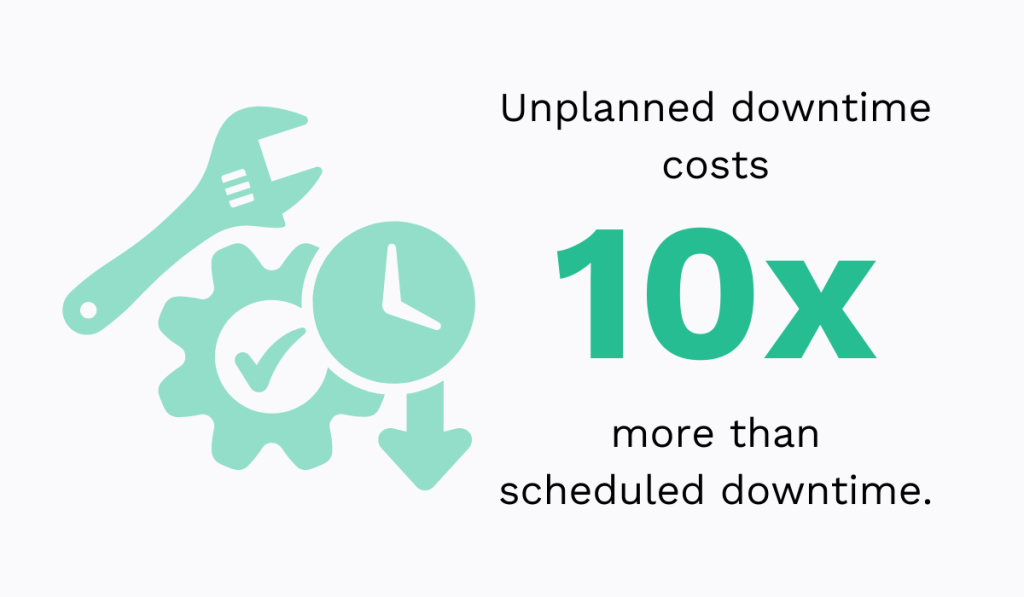
This is because it can be planned for periods when operational disruption will be minimal.
By allowing a small amount of planned downtime for maintenance, you significantly reduce the risk of unexpected, prolonged equipment failure during critical times.
In fact, the 2024 Siemens report shows that predictive maintenance can reduce unplanned downtime by as much as 50%, and even help predict when downtime might occur.
After all, when maintenance is done proactively and not as a reaction to something breaking, you are in control.
Ultimately, planned maintenance makes operations more stable and reduces the chances of unexpected and costly interruptions.
Extends Equipment Lifespan
Another big benefit of regular maintenance is that it helps keep your equipment functional and efficient for longer.
It is important, however, to understand just how much proper maintenance can reduce the wear and tear on your machines.
This article discusses this topic in detail, referencing Raymond Bayer’s 2002 book, Wear Analysis for Engineers.
When discussing different wear rates, the book explains that certain damaging mechanisms, especially abrasion and adhesion, can dramatically accelerate the rate at which a machine’s parts degrade.
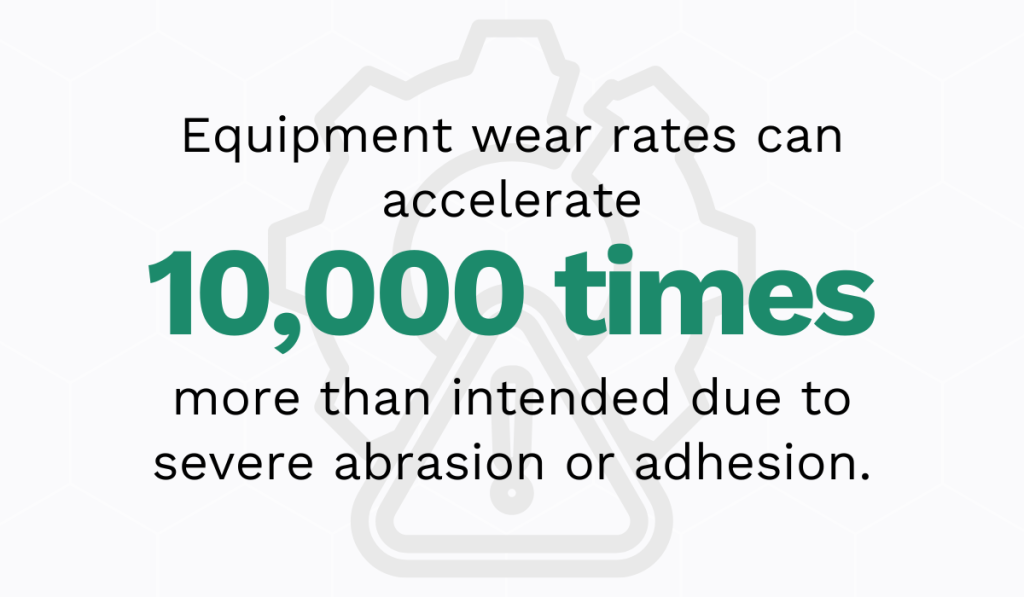
Every piece of equipment has a normal wear rate that is predicted by its manufacturer.
However, when a machine goes unmaintained, its components can be damaged much more quickly, thereby drastically shortening its useful life.
But it’s not just about damage prevention.
Regular maintenance can also help increase your Overall Equipment Effectiveness (OEE), a standard measure of how productive your operations truly are.
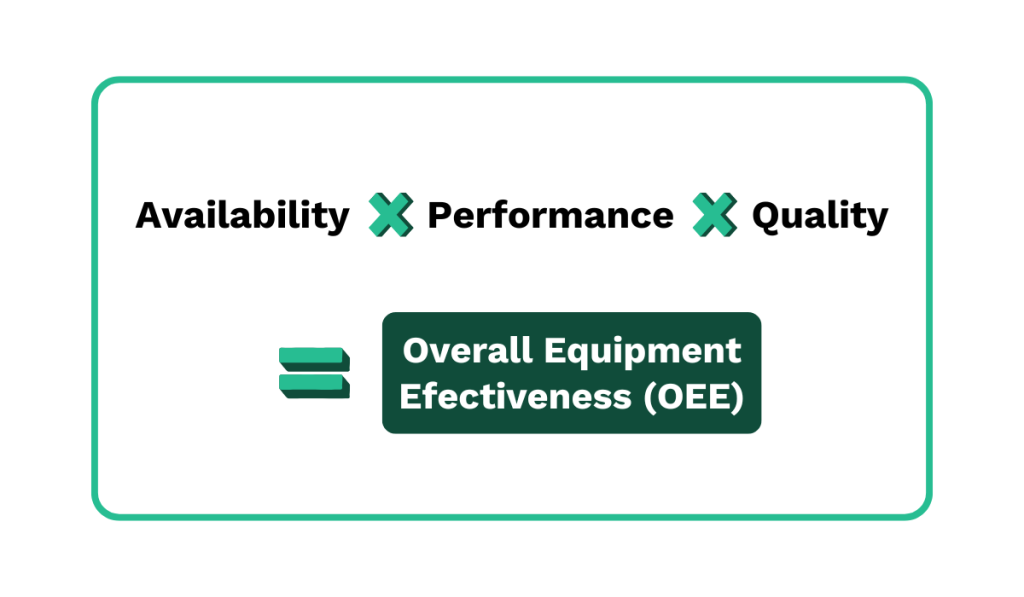
After all, well-maintained equipment functions closer to its designed specifications and produces fewer defective parts because its components are properly calibrated and in good condition.
What that means is that maintenance keeps your assets in optimal shape, ensuring they last as long as possible while delivering the best possible results.
Improves the Safety of Your Personnel
Maybe the most important benefit of regular maintenance is that it ensures your workplace is a safe environment for your staff.
It should come as no surprise that well-maintained equipment is significantly less likely to malfunction and cause accidents, injuries, or worse.
This is because regular inspections can help identify worn-out parts, potential electrical issues, or structural weaknesses before they lead to a catastrophic failure.
Failing to address these issues promptly can result in serious consequences.
For example, consider the case of a deadly factory blast in March 2024 at a facility owned by LifeLong India, an automotive components manufacturer.
While several factors were investigated, the incident was allegedly caused by poor equipment maintenance.
Specifically, reports pointed to the failure to properly clean and maintain the dust collectors within the company’s buffing department, leading to a fatal explosion.
Of course, accidents can happen in any operation, but consistent maintenance and proper safety protocols are essential for preventing incidents like this and minimizing their impact.
Plus, maintenance is essential for compliance with major industry safety standards and regulations, such as:
- The Occupational Safety and Health Administration (OSHA) standards
- The Provision and Use of Work Equipment Regulations (PUWER) in the UK
- ISO 45001 for occupational health and safety management
In short, a commitment to maintenance is a commitment to safety.
By keeping your equipment in excellent working order, you’re protecting both your assets and your staff.
What Are the Challenges of Equipment Maintenance?
Despite its clear benefits, equipment maintenance comes with its own set of challenges.
From limited budgets and a lack of expert staff to poor data tracking and reactive mindsets, these hurdles can make even basic upkeep feel overwhelming.
Understanding these obstacles is the first step toward building a more proactive maintenance plan.
In the following sections, we’ll explore some of the main issues you can face.
Limited Budgets
The reality for many facilities is that they must operate under tight budgets, which limits the funds that can be allocated to maintenance.
As a result, maintenance tasks are often deferred, or the strategy becomes reactive, with maintenance tasks being done on equipment that has already broken down.
Unfortunately, without regular preventive maintenance, the likelihood of equipment inefficiencies and unexpected downtime increases significantly.
This often results in much higher long-term costs for emergency repairs or complete replacements.
The only solution is to use these limited maintenance budgets smartly.
For instance, the cost of certain technologies for preventive and predictive maintenance, like Internet of Things (IoT) sensors, has gone down drastically over time.
These small devices can be attached to equipment to collect real-time data on metrics like temperature, vibration, and performance.
While collecting and analyzing this data requires an initial investment, the prevention of just one costly equipment failure is often worth it.
Yes, proactive maintenance practices can be very labor-intensive and expensive.
But, with modern tools and automation, maintenance teams can become much more productive, using fewer staff hours to achieve better results and keep essential machinery running smoothly.
Poor Maintenance Documentation
Even when maintenance is regularly performed, its effectiveness can be difficult to manage without accurate and consistent records.
Put simply, proper record-keeping and building a service history is key.
This documentation enables you to analyze failure patterns, track costs, and make informed decisions about current and future maintenance needs.
Unfortunately, using outdated methods like paper records and spreadsheets often makes this problem worse.
While helpful maintenance spreadsheet templates do exist, they come with significant disadvantages, such as being prone to human error during manual data entry.

Combine that with weak documentation practices that aren’t enforced, and it becomes even more difficult to track maintenance accurately and ensure equipment reliability.
Records may be incomplete, inaccurate, or omitted entirely, making your maintenance history unreliable.
A key part of the solution is implementing a standardized digital system for tracking maintenance tasks, work logs, and equipment status across the facility.
A centralized digital platform, such as a CMMS, ensures that all the relevant information is stored in one place and accessible to anyone who needs it.
This approach standardizes and often automates how data is recorded, reducing the chance of human errors and making it easy to pull up the complete history of any asset.
While strong documentation procedures are still a must, combining them with a solid tech solution can help build the foundation of an efficient maintenance program.
Lack of Skilled Staff
Consider this fact: the average age of a maintenance technician in the U.S. is currently 47 years old.
In the coming years, facilities will have to manage the reality of their most experienced workers slowly retiring.
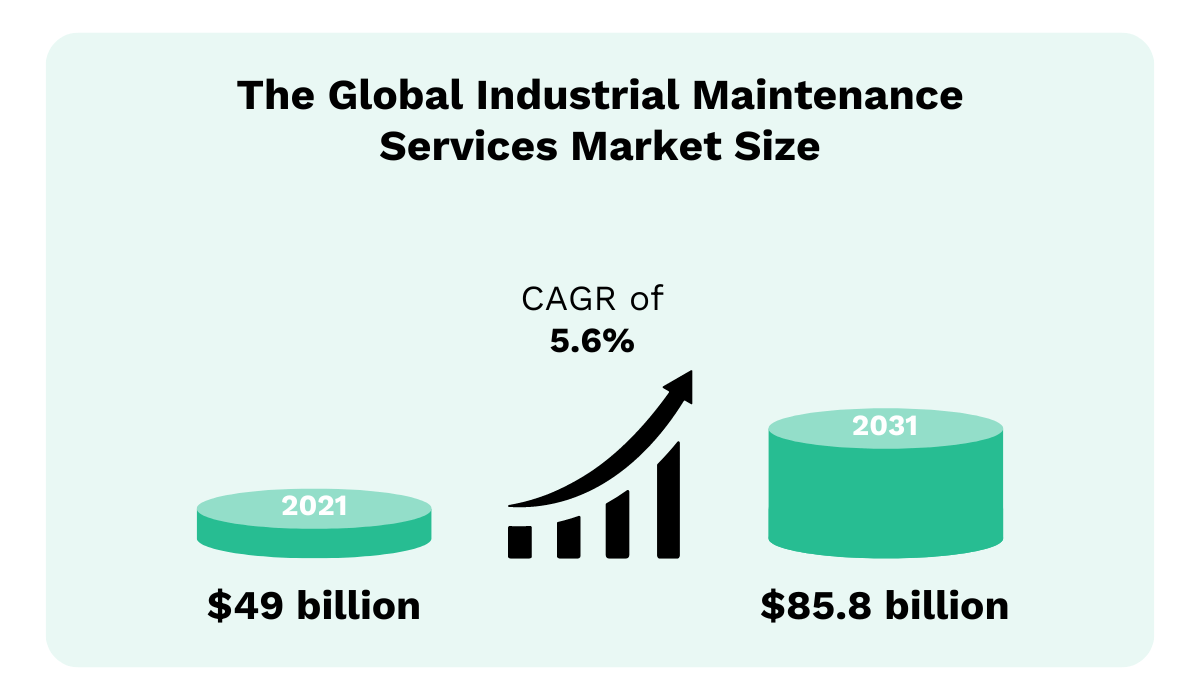
In fact, according to the U.S. Bureau of Labor Statistics, the job outlook for machinery maintenance workers is projected to grow by 15% from 2023 to 2033, a rate much higher than the 4 percent average for all occupations.
This creates the challenge of finding new maintenance technicians to replace the retiring workforce, while also ensuring they have the necessary skills to do their job effectively.
The latter is a major hurdle in itself, as equipment becomes more technologically advanced.
According to the 2022 State of Industrial Maintenance Report, over half of organizations outsource at least some of their maintenance work due to a lack of skilled staff in-house.
The solution to this challenge is not simple, but it primarily focuses on education.
This involves both investing in robust training programs for new employees and cross-skilling existing staff to handle a wider variety of maintenance tasks.
What can also really help is providing the right support in the form of technology, which we will cover next.
Overall, by focusing on training and smart tools, you can build a capable team prepared for the future.
Tools for Better Equipment Maintenance Management
To make the most out of your equipment maintenance, relying on outdated processes and tools won’t be enough.
Luckily, modern solutions like CMMS platforms and Internet of Things (IoT) devices address many of the common maintenance challenges while enabling a more proactive approach.
Additionally, according to a report from McKinsey & Company, digitizing and automating your maintenance processes can result in significant cost savings.
Let’s take a look at IoT sensors, for example.
As Boris Dinkevich, Co-founder of the hardware-as-a-service platform Xyte, explains, these devices can continuously collect a vast amount of valuable equipment data.
Let’s illustrate this with an example.
Say you placed a vibration sensor on a critical motor.
Suppose the sensor detects unusual vibration patterns that suggest a bearing is about to fail.
In that case, it can automatically send an alert to the maintenance team long before the motor breaks down.
All of this data is transmitted via the cloud for easy access and greatly synergizes with CMMS systems.
For example, WorkTrek is one such solution, designed to help businesses manage their maintenance operations within a single platform.
It can handle everything from work orders, asset data, preventive maintenance tasks, inventory, and more.
For instance, a work order can be created directly in the system, assigned to a specific technician, and its progress tracked until completion.

Instead of using paper-based documents or slow communication channels, everything is streamlined with instant notifications to managers and key staff.
Additionally, WorkTrek supports condition-based maintenance scheduling by processing IoT sensor data and other key equipment metrics, allowing you to schedule proactive maintenance tasks based on real-world operating conditions.
Overall, by combining real-time equipment data with a centralized software, you can keep your equipment running reliably and efficiently.
Conclusion
As you can see, while equipment maintenance has its challenges, its advantages are well worth the effort.
Plus, some of the modern tools and systems we covered make managing these tasks simpler than ever, turning a difficult job into a streamlined process.
With this foundation, you’re well-equipped to delve deeper into equipment maintenance and develop strategies that safeguard your valuable assets while enhancing operational efficiency.




